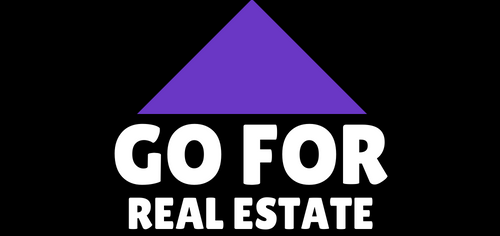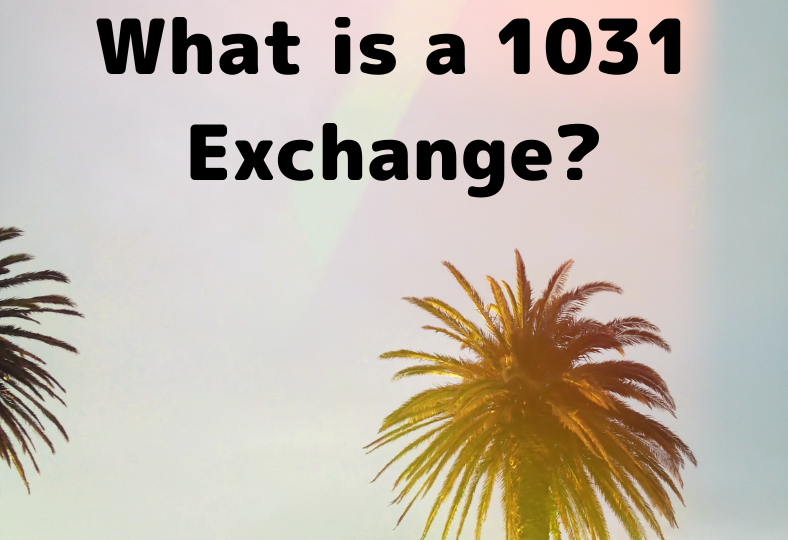As an investor in real estate, it is imperative to understand that there are different types of exchanges that can take place throughout the course of your lifetime, with one type serving as the most common. The process is known as the 1031 exchange, and it takes place in the United Kingdom. What happens here is that a land exchange takes place, whereby a property is transferred from one party to another. In this way, you will be able to buy property (with exchange fees) from a person in the United Kingdom that is listed as an individual and then transfer it (through a deed) to an individual or company in the United Kingdom that you would potentially be buying the property from.

There Are Many Benefits With The 1031 Exchange
One of the main benefits that come along with this type of exchange is that it allows for real estate investors to buy property, like buying a home in Mexico, without having to pay the full value upfront. In other words, they can get a “hands-on” investment that is equal to or more valuable than what they had paid for it. This is something that can really allow investors to enter into transactions without worrying about paying the full value right away. The downside to this, however, is that the tax deduction that they receive may not quite cover the expenses associated with the exchange. Exchanging property can also be beneficial to individuals who are looking to sell their homes to others, as it often allows them to move into a new residence and still receive a tax break.
Another benefit of 1031 exchanges is that the exchange proceeds are tax-exempt. This means that you will not have to pay any tax on the exchange funds that you receive, so long as you keep those funds invested in property. The only times when these funds have to be taken out of your pocket are when you exchange properties (which will cost you money) or when you actually end up renting the property (which may cost you money if you are leasing the property through a commercial entity).
There are several other ways that an exchange can help an investor. One of these is by providing an equity advantage to the investor. Equity is something that all investors want because it represents something that is rare and valuable. By exchanging your home or land for other properties, you are providing an equity advantage to yourself. Any money that you are able to add to your equity can be used for retirement, making investments or paying off debts.
The final benefit of a 1031 exchange is that it gives you a chance to buy back a property. You can do this as many times as you want and will increase the value of the house. However, this advantage does not apply if you choose to get into a ‘replacement property’. A replacement property is basically another piece of property that you own. A 1031 exchange allows you to exchange your original home for a replacement property, but you cannot exchange it for a home that is significantly worse off than it was.
Conclusion
These are the main benefits of a 1031 exchange. They are known as ‘negative amortization’ deals because they take a loss on the value of the house if it is not purchased within a certain period of time. It also allows you to get to a higher tax level if the amount of money that your exchange is higher than the value of the house. Negative amortizations are used more in cases when there are delays in the foreclosure process or in selling the property after it has been acquired than any other reason.

